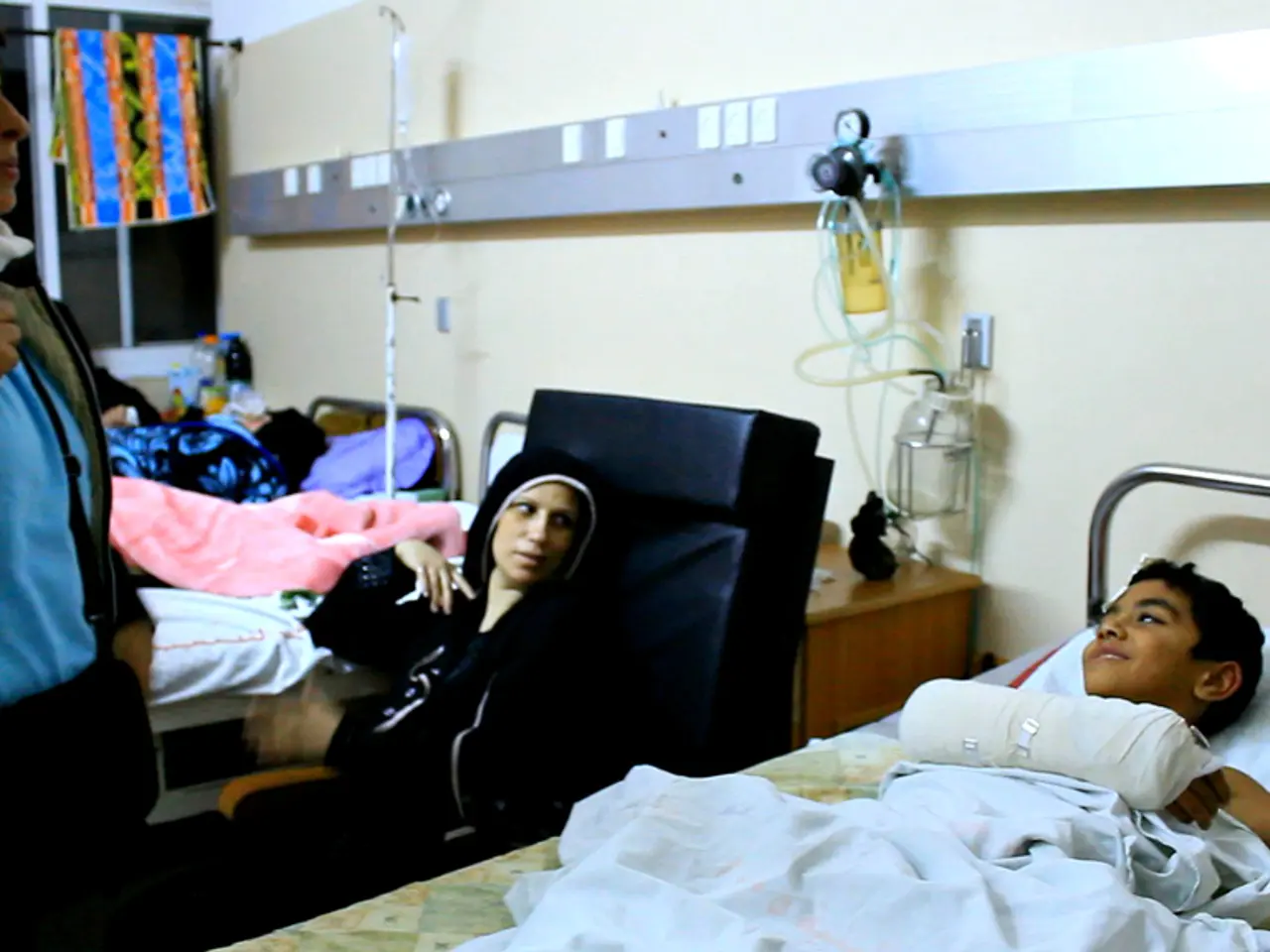COVID-19 Linked to Higher Risk of Dangerous Blood Clots and Cardiovascular Issues
A recent study by the University of Greifswald has revealed alarming links between COVID-19 and dangerous blood clots, known as venous thromboembolisms (VTEs). The research, led by Prof. Andreas Greinacher, shows that both hospitalised and non-hospitalised COVID-19 patients face significantly higher risks of VTEs and other cardiovascular issues.
Hospitalised COVID-19 patients were found to have a 28 times higher risk of VTEs, 22 times higher risk of heart failure, and 18 times higher risk of stroke compared to uninfected individuals. The chance of death among hospitalised patients was an astonishing 118 times higher. Even non-hospitalised patients were 2.7 times more likely to develop VTEs and over 10 times more likely to die than those who avoided the illness.
The elevated risk of VTEs was highest in the first month after infection and may persist for an extended period. The study underscores that COVID-19, regardless of its severity, increases the risk of dangerous blood clots starting in the capillaries and traveling to vital organs. It also suggests that nations with minimal vaccine access, and thus higher population exposure to COVID-19, may face a higher cardiovascular risk among their populations.
The University of Greifswald's study underscores the urgent need for further research to determine the duration of the augmented cardiovascular risk following COVID-19 infection. Meanwhile, healthcare providers should be vigilant in monitoring and managing the cardiovascular health of COVID-19 patients, even after they have recovered.







